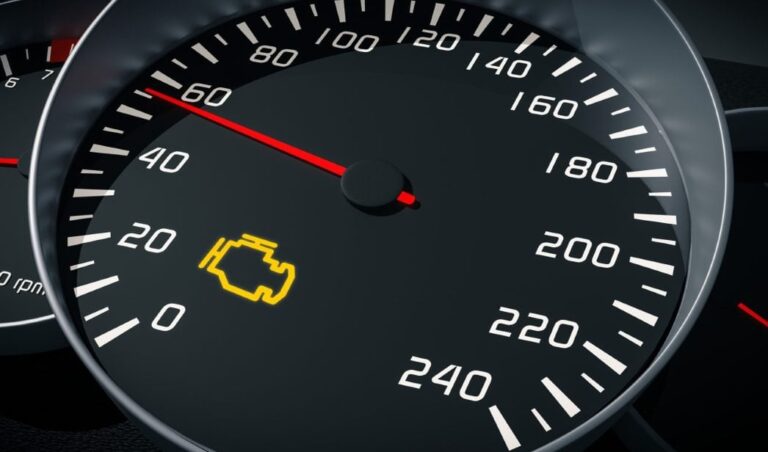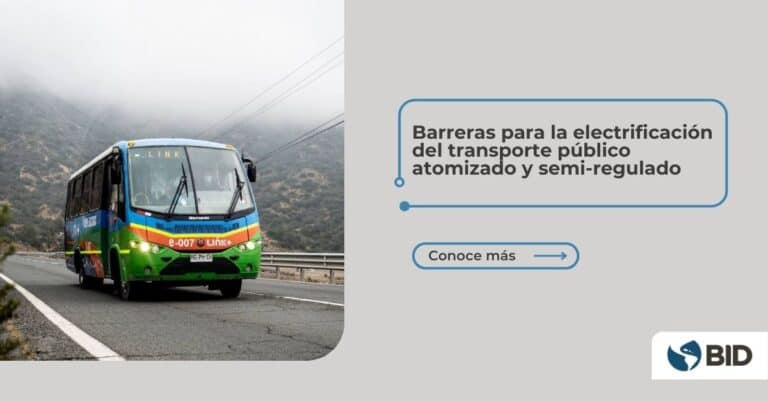Ten effective strategies to optimize fuel consumption and adopt habits that promote savings

In a context where fuel prices continue to rise, it is crucial to adopt habits that optimize consumption. Implementing effective strategies not only benefits personal finances but also contributes to a more sustainable environment. Below are ten practical measures that can transform our driving habits and significantly reduce fuel expenses, promoting a more responsible and efficient use of vehicles.
The reduction of fuel consumption is an increasing concern for drivers, not only for economic savings but also for the impact on the environment. Adopting adequate strategies and responsible habits can make a big difference. Below are ten practical strategies that can help motorists optimize their fuel consumption and encourage savings.
Maintain a constant speed
Driving at a constant speed is essential to reduce fuel consumption. Avoiding sudden accelerations and brakes improves vehicle efficiency. Using cruise control on highways can be an excellent option to maintain the desired speed and optimize fuel usage.
Turn off the engine when stopped
If a prolonged wait (more than a minute) is expected, it is advisable to turn off the engine to avoid unnecessary fuel consumption. This translates to significant savings over time, especially in areas with dense or stopped traffic.
Perform regular maintenance
Proper vehicle maintenance is crucial for its efficiency. A well-tuned engine, along with clean air and oil filters, contributes to optimal fuel usage. Checking and replacing components that can affect performance, such as spark plugs, is also essential.
Check tire pressure
Properly inflated tires are essential for good fuel efficiency. The recommended pressure varies according to each vehicle model and is generally indicated at the gas station or in the owner’s manual. Maintaining the correct pressure reduces rolling resistance and improves fuel economy.
Reduce vehicle weight
Extra weight in a vehicle translates to higher fuel consumption. It is suggested to remove unnecessary items from the trunk and avoid transporting loads on the roof that create air resistance. Every kilogram counts, and each reduction in weight can improve fuel economy.
Optimize air conditioning usage
The use of air conditioning can significantly increase fuel consumption, especially on short trips. It is advisable to use it moderately and, when possible, take advantage of natural ventilation by opening the windows instead of turning on the air conditioning, especially at low speeds.
Plan routes
Before a trip, it is advisable to plan routes to avoid traffic jams and longer journeys. Using navigation apps that show real-time traffic can help choose the shortest and most efficient path, which also contributes to fuel savings.
Drive in the appropriate gears
Driving in higher gears allows for lower fuel consumption. Avoiding excessive revving of the engine in lower gears contributes to better fuel usage. It is important to know the right moment to shift gears and adapt to road and traffic conditions.
Avoid using the car for short trips
When possible, it is preferable to opt for a bicycle, walk, or use public transportation for short trips. These methods are not only more economical and environmentally friendly, but they also help reduce dependence on the vehicle and fuel consumption.
Know the vehicle’s specific fuel consumption
It is essential to understand how fuel consumption varies for each vehicle. Familiarizing oneself with the owner’s manual allows knowing the appropriate limits and how to optimize fuel usage based on each model’s characteristics. This also includes paying attention to the vehicle’s behavior in different driving conditions.
These habits, if adopted consistently, translate into significant savings on fuel and, consequently, benefits for both the economy and the environment. With small modifications in driving style and vehicle maintenance, one can contribute to a more sustainable future.
Ten effective strategies to optimize fuel consumption
Reducing fuel consumption has gained great importance not only for economic reasons but also for the environmental impact it entails. Adopting sustainable habits while driving can make a difference in the efficiency of fuel used and, additionally, contribute to the health of the planet.
One of the most effective strategies is to maintain a constant speed, avoiding abrupt accelerations and braking, which not only helps reduce fuel expenditure but also promotes safer driving. Additionally, turning off the engine when stationary for long periods is another simple tactic that can result in significant savings.
Regular maintenance of the vehicle, which includes checking air filters and the condition of spark plugs, is crucial to ensure the engine runs optimally. Likewise, correct tire pressure helps minimize rolling resistance, leading to better fuel performance.
Another valuable strategy is to plan routes to avoid traffic and unnecessary detours, which not only results in lower fuel consumption but also saves time. It is also important to consider reducing the weight of the vehicle by removing unnecessary items that increase fuel expenditure.
Finally, using air conditioning moderately and driving properly, by using the correct gears and avoiding using the car for short trips, are practices that encourage more efficient consumption. By adopting these habits, every driver can contribute to a more sustainable future while also taking care of their wallet.





